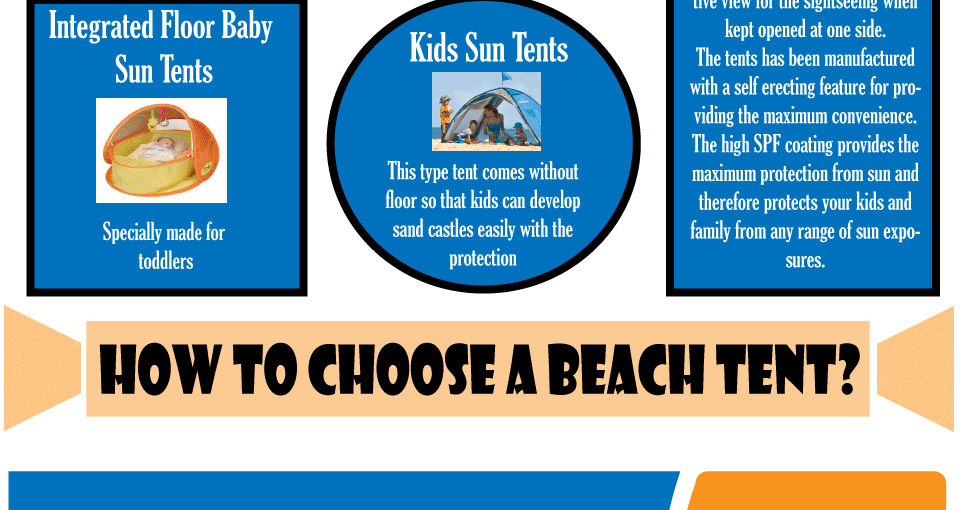A footprint is costly and adds additional weight to your knapsack. It additionally isn't particularly durable.
How do you safely heat a tent?
Eventually, whether or not a camping tent footprint is needed depends upon where and exactly how commonly you're camping. As a whole, it's a great concept to utilize one if you camp on rough surface areas or in wet conditions.
Camping Tents with Reduced Deniers and Water Resistant Scores
Camping tents with lower deniers and water-proof rankings often tend to be lighter, yet they can additionally be extra breakable. They might call for even more constant fixings and have much less indoor room than tougher designs. If you're a laid-back backpacker who likes to travel fast and light, this might be great; nonetheless, even more knowledgeable hikers understand that compromising sturdiness can come with big consequences down the route.
The denier and water-proof ranking of a camping tent's canopy, rainfly, and floor can help you determine its livability. Seek higher-denier textiles on the cover and rainfly, along with taped joints that assist prevent water from seeping through stitches. Some manufacturers also make use of warm and sealer throughout building and construction to produce a stronger seam; these are called bonded joints.
The livability of a tent can additionally be established by its flooring dimensions and capacity. An outdoor tents's flooring ought to be slightly smaller sized than the impact to avoid water from pooling under the shelter.
Outdoors Tents in Rough Surface
Numerous backpacking camping tents include an impact created specifically for their model, which assists make sure a proper fit and safeguards the camping tent's base from dampness and sharp things. Various other makers offer universal impacts that can be reduced or folded up to match a tent's dimensions.
The sort of surface you'll come across is one more important factor to consider for picking a camping tent. For example, if you'll be camping in a canyon or gully, look for a sanctuary that can take care of solid winds. These conditions produce turbulence that can make the difference in between appreciating your camping area or experiencing pain.
The capability and top height of an outdoor tents offer you a great idea of its livability, yet extra factors to take into consideration include vestibules (the section of the rainfly covering the doors) and total storage area. For example, throughout our wintertime testing of the Marmot Tungsten, its charitable 93-by-82-inch floor conveniently managed four perspiring backpackers and their puffier shoulder season resting bags while still leaving enough room for equipment and individuals.
Tents in Damp Conditions
Even if your outdoor tents appears dry, moisture prowls in the nooks and crannies. With time, it can break down the fabric. That's why it's so vital to make the most of rest days to deep-clean your camping tent and its components, such as zipper cellular linings, stake loopholes and adjustable webbing bands.
Also, make certain to pitch your tent in a level area, not a divot or concave place, so that ground water does not collect between the outdoor tents floor and impact or tarp. And if you're utilizing a footprint, think about a custom-cut one designed for your camping tent's layout. It won't accumulate rainwater the method a common ground cloth or tarp can.
Technique setting up and removing camping gifts your tent in your home prior to you hit the trail, to obtain a feel for just how quickly and effectively you can do it. Also, method surveying your tent in various terrains to see exactly how very easy it is (or isn't) to do in bad weather conditions.
Outdoors Tents in High-Rise Situations
Tents vary in flooring size and livability. For instance, a huge tent with double doors and vestibules like Marmot's Tungsten can handle four backpackers without calling for acrobatics to get in and out or to keep equipment.
The minimum path weight requirements is the best specification to contrast models, as it includes the bare fundamentals: outdoor tents body, rainfly and poles. However remember that the specification excludes camping tent risks, individual lines and stuff sacks.
Many backpacking outdoors tents can stand up to a light summer season storm, but some can be swept away by gale-force gusts. Try to find a version with strong poles, an increased bathtub-style flooring and joint taping to reduce the possibility of water leaking via. Pricier designs likewise often tend to feature stronger materials that can withstand the influence of particles and other forces.
What size do Tents come in?
